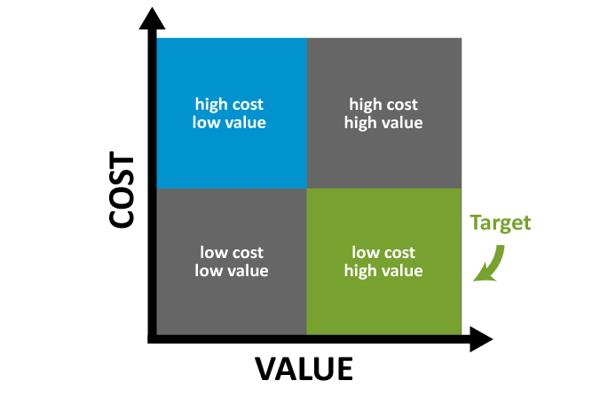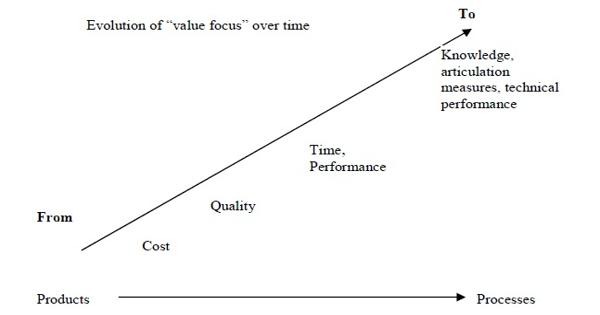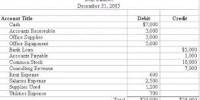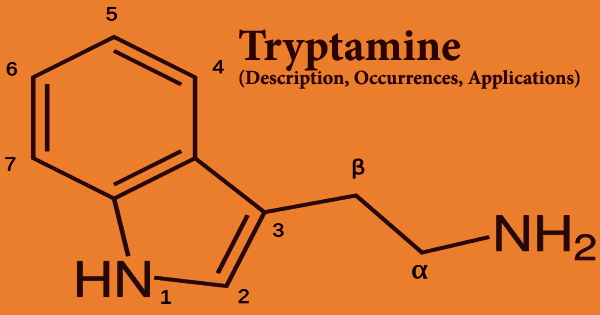The monetary expression of the market value of goods and services is referred to as value measurement. Value engineering calculates the price-to-cost ratio for each product function. It is a methodical, organized approach to performing necessary functions in a project at the lowest possible cost. It is used to evaluate a service, system, or product in order to determine the best way to manage critical functions while minimizing costs.
Value engineering encourages the substitution of less expensive materials and methods without sacrificing functionality. It is a design engineering technique that involves a critical examination and analysis of a component’s design in relation to its functional value. It is solely concerned with the functions of various components and materials, rather than their physical characteristics. Value engineering is also referred to as value analysis.
Value is, in fact, utility or the level of satisfaction to be acquired from a product.
Value = Price of the Function/Cost of the Function
- Function: a measure of a product’s, service’s, or project’s performance capabilities. One function could be “achieve traffic flow across the river.” In practice, value engineers consider the bridge’s many functions, such as accommodating floods, passengers, bicycles, endangered turtles, emergency vehicles, the sun on the horizon, and anything else that serves in a functional capacity.
- Cost: The resources needed to complete the function. This can include materials, tools, price, time, or anything else needed to meet the functional specifications.

The function’s price is the expected price for that specific function that customers are willing to pay. The cost of the function is the amount of money that the company expects to spend to perform that function. It is self-evident that price must exceed cost; thus, the value must be greater than one. The higher the value, the greater the function’s contribution to the product’s profitability.
The value is calculated as a function-to-cost ratio. A company can add value to a product by lowering its costs or improving its functionality. Most businesses use value engineering as a cost-cutting strategy, in which the basic function of a product is preserved – not sacrificed – in the pursuit of value improvement.
Value engineering is the process of reviewing new or existing products during the design phase in order to reduce costs and increase functionality in order to increase the product’s value. The value of an item is defined as the most cost-effective method of producing it without sacrificing its purpose. As a result, cutting costs at the expense of quality is merely a cost-cutting strategy.
It has been used in almost every application. It enables people to generate innovative solutions to secure essential functions at the best possible price, a concept known as value versus costs. It’s also referred to as Value Analysis, Value Management, Value Planning, and a variety of other terms.
















